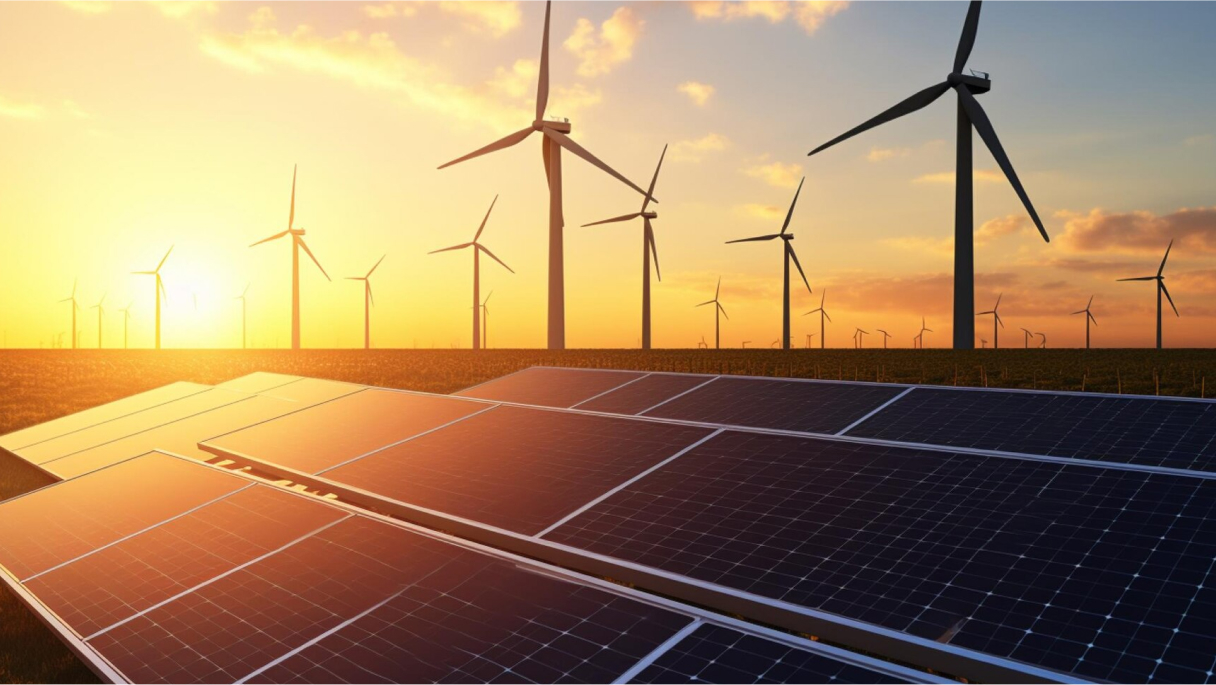In today’s energy landscape, where efficiency and sustainability are paramount, contracts play a crucial role in maximizing the value of energy transactions. However, one might ask: how can we ensure that these contracts are structured to meet the economic objectives of the parties and promote sustainable development? Part of the answer lies in Law and Economics Analysis and the decision-making processes that parties undertake during business dealings.
The purpose of Law and Economics Analysis is to “expand the understanding and reach of the law and enhance the development, application, and evaluation of legal standards, especially with regard to their consequences” — an analysis conducted using economic and empirical theoretical tools from economics and related sciences. Generally, economics provides theoretical elements to predict how people might react to laws, the consolidation of certain jurisprudential understandings, or their modification — going beyond mere common sense, which already permeates (or should permeate) professional performance in judicial and administrative settings.
Understanding human behavior and how people make decisions or choices in a world of scarce resources is the primary task of Law and Economics Analysis. By combining legal perspectives and economic assumptions, it becomes possible to reflect on the effects of legal rules on the behavior of relevant actors, i.e., people who must make certain decisions within a given context. For instance, how will the parties to a contract behave in the event of non-compliance? How will investors and consumers react to market changes? How will attorneys approach negotiations between disputing parties? And how will judges deliver their rulings?
Whether decisions are made in negotiations, in judicial settings, or at varying scales of importance, they can be guided and supported by Law and Economics Analysis. By applying economic tools to contract drafting in general — and specifically in those involving energy — it is possible to identify and assess appropriate incentives to promote efficiency in the outcomes pursued by the parties, including cost reduction and risk mitigation. This approach helps align the interests of the parties by seeking mutually beneficial solutions and avoiding unnecessary conflicts.
In practical terms, a detailed analysis of contract clauses can identify potential conflicts, gaps, or imbalances that may arise during the contract’s execution. This allows the parties to take preventive measures, such as incorporating efficient dispute resolution mechanisms that help minimize financial losses and preserve business relationships.
For example, in seeking more precise pricing for energy-related goods and services, factors such as production costs, market demand, and environmental impacts should be considered in negotiations and in the clauses to be established. Efficiency in resource allocation — a premise derived from economics that has full and broad applicability to law — has the potential to promote the sustainability of the energy sector and of the transaction between the parties.
It is worth recalling that the energy sector is permeated by risks and uncertainties — political, regulatory, and even climatic. From a consequentialist perspective — intrinsic to attorneys and professionals working with contracts, but especially those inclined toward Law and Economics Analysis — risk management and the identification of contractual instruments suitable for the business’s nature gain particular attention.
In summary, when using the principles of Law and Economics Analysis in contract structuring, decisions tend to be more deliberate and less intuitive regarding the factors surrounding the business and its respective clauses. Market challenges, risk mitigation, and strategic opportunity utilization lie at the heart of the intersection between contracts, Law and Economics Analysis, and the energy sector. Maximizing the value of business transactions, beyond fulfilling the parties’ interests, also involves promoting a more efficient, sustainable energy sector aligned with societal needs — and everything, absolutely everything, becomes more “straightforward” with Law and Economics Analysis.


